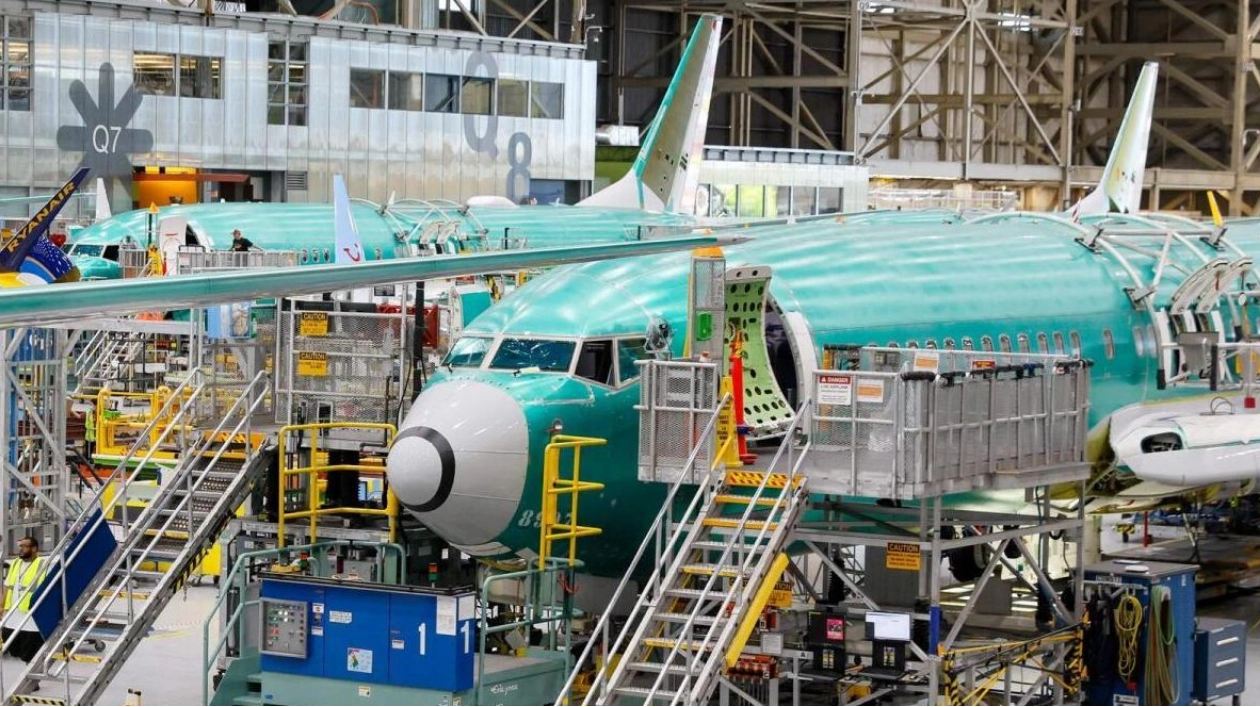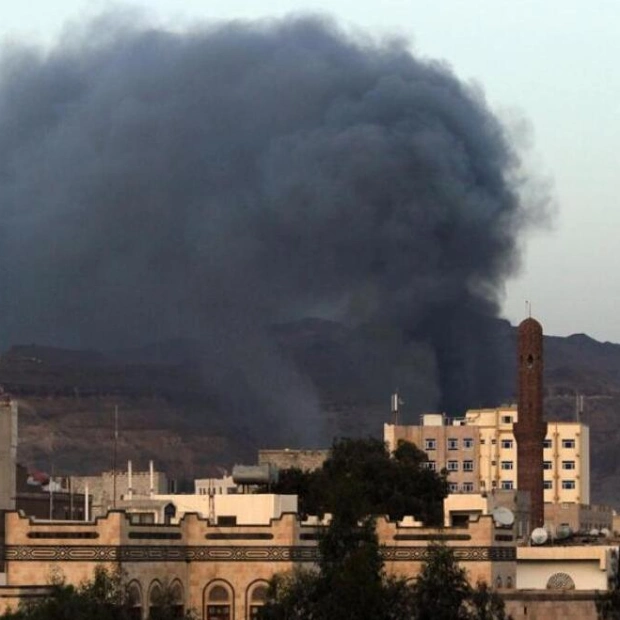Boeing predicts that the global commercial aircraft fleet will exceed 50,000 by 2043, nearly doubling from today's numbers, according to a forecast released on Friday.
The forecast indicates that the worldwide fleet will essentially double within the next two decades, with approximately half of the deliveries being new, fuel-efficient models designed to replace older aircraft. "The split between replacement and growth is nearly even, at about 50-50," explained Darren Hulst, Boeing's vice president of commercial aviation marketing.
Out of the approximately 44,000 new aircraft expected to be delivered from now until 2043, over 33,000 will be single-aisle and 8,000 will be dual-aisle planes. Despite airlines' ambitious plans to modernize their fleets, both Boeing and its European competitor Airbus have encountered supply chain issues that have delayed many aircraft deliveries, leading to fewer retirements of older planes.
During the 2020-2023 period, the rate of aircraft removals was half that of the 2010s, as airlines retained older planes to satisfy travel demand. However, less than one third of the current 26,750 operational planes are expected to still be in service in 20 years.
The forecast anticipates that passenger air traffic will increase by an average of 4.7 percent annually, outstripping the 3.2 percent growth in the aircraft fleet. To meet this demand, airlines are "increasing load factors and utilizing aircraft for more hours each day," according to Boeing. The analysis also highlights the necessity for significant hiring in aviation maintenance and other sectors, with a projected global demand for 85 million workers by 2043, nearly double the current number, with services costing an estimated $4.4 trillion.
Similarly, Airbus, which issued its forecast on July 15, also anticipates the global commercial airplane market to double over the next 20 years.






